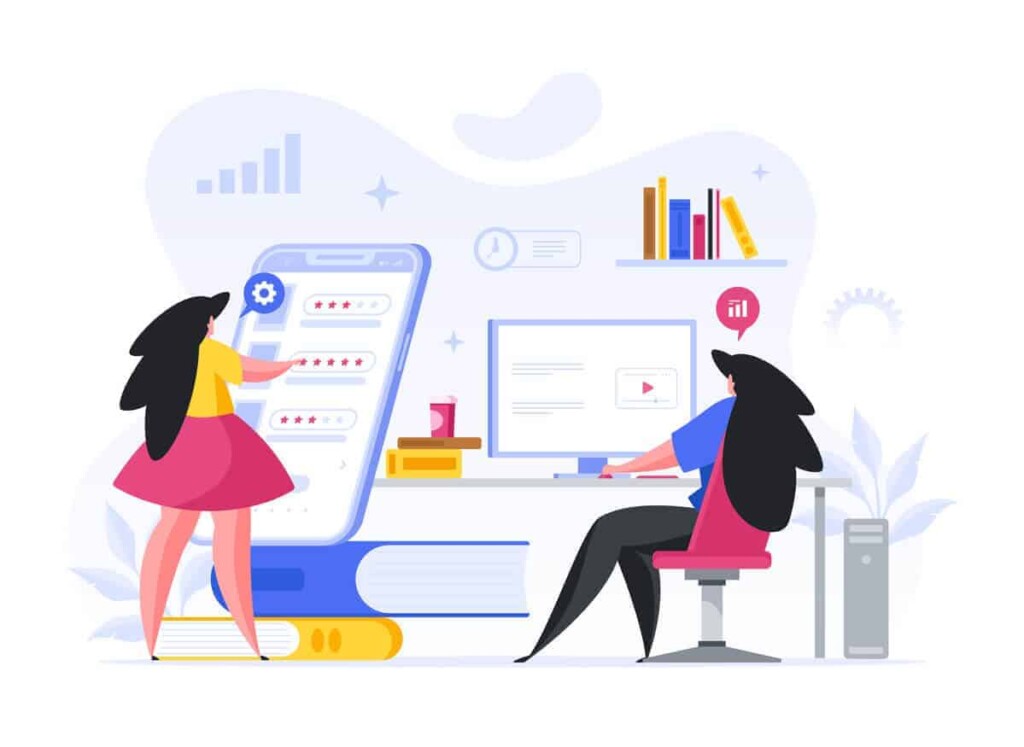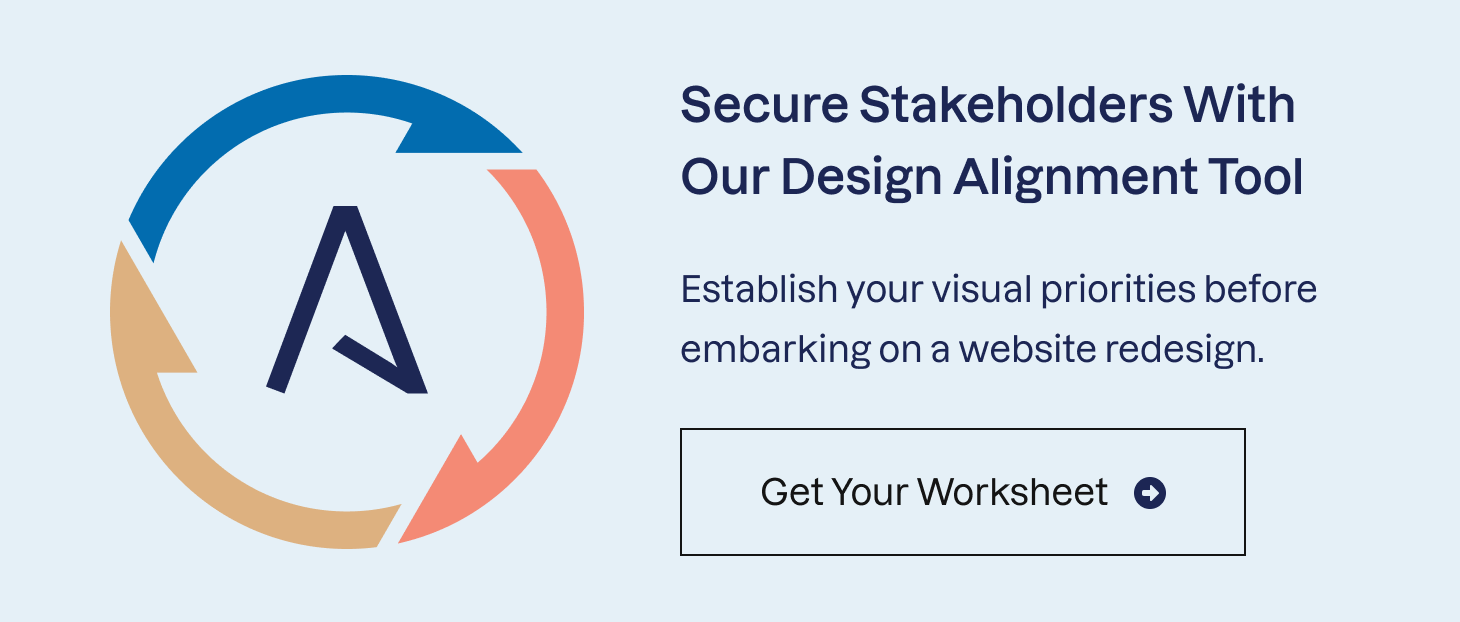Your Website Redesign Needs to Empower Your Entire Organization, Not Just Sales and Marketing
Redesigning your company’s website is a milestone for your marketing team. Freed from an underperforming or simply frustrating digital platform, you’re on the cusp of gaining a powerful tool to support your initiatives. Plus, with a site optimized to deliver conversions, your organization can reach new heights in sales totals.
Sales and marketing teams are traditionally the first to benefit from a new website. However, can you afford to take such a narrow view of a redesign’s potential? The growth of the digital marketplace has amplified the presence of your website in the customer journey. But that expansion has also underscored how every aspect of your business can benefit from a comprehensive redesign. From customer service to human resources and recruitment, a dynamic website empowers your whole organization to do more.
The idea of extending the scope of your redesign project is understandably daunting. New websites are expensive, and you may not see eye-to-eye with stakeholders from other business units when it comes to digital priorities. But taking a holistic view of your website from the beginning introduces a wealth of possibilities that can transform your entire business.
Rethink the Website Redesign Process to Maximize Its Impact
Allowing multiple stakeholders to inform your digital needs can seem like there are too many cooks in the kitchen. Even if every department is aligned, you don’t have the time or the budget to solve everyone’s issues right now. Frankly, the complexity required to effectively relaunch any website has killed the idea of comprehensive redesign projects all together.
Rather than seeing your website project as a one-time pursuit building toward a climactic launch, your site should remain in a state of constant improvement. Besides, no single new website can be all things to all parts of your organization for very long. The demands of the digital marketplace are simply too great. With that in mind, your organization should take an iterative approach to a redesign by applying processes drawn from Agile development.
Viewing your website as a constant work in progress allows you to rapidly adjust priorities in response to what your business needs. In the process, it allows you to create a stronger foundation for your site using input from across your organization.
Establish Ongoing Website Priorities Through a WebOps Assessment
At the start of a website project, you and your web design partner should explore the multitude of ways your website can impact your business operations. At COLAB, we work toward helping whole organizations understand how to participate in the development of their new website.
The first step functions as a simple assessment. We meet with the key stakeholders for your internal business units to sketch out an expanded vision for how your website functions. But we don’t arrive with a blank slate—we have experience optimizing websites to enhance recruiting and create useful employee intranets. Through an hourlong discovery session, we can build an understanding of the opportunities available across your business. In the process, we can communicate how your website can resolve them.

With large-scale website launches a thing of the past, you shouldn’t view this part of the process as over-extending your project’s scope. Think of it as a WebOps assessment that examines how parts of your organization are using the website and how they can be more effective.
WebOps is a philosophy that shifts focus on your website away from costly, large-scale initiatives that could take months to smaller, rapidly developed improvements. However, every organization is different. An employee portal that suits the internal needs of one organization may not apply to another. But with an early assessment process, we gain an understanding of your digital priorities and plan for how to serve them going forward.
How Iterative Website Enhancements Improve Stakeholder Buy-In
Interviewing stakeholders about how they currently use your website may not necessarily illuminate your most pressing priorities. But unlike more conventional website redesign projects, this assessment process has given your stakeholders a place at the table.
Though your customer support manager may not become a key component of the website project in the immediate future, you’ve underscored how a site can help going forward. Based on how you prioritize these improvements, you can then set up digital metrics for website sections such as hiring and customer service to better understand their performance. Tools like Google Analytics are most often deployed to illustrate marketing success and funnel performance. But their insights about user behavior can be just as useful in less-served corners of your organization.
When to reveal your KPI results to stakeholders ultimately depends on your organization’s priorities. But once stakeholders recognize that their needs are viewed as part of your website plans, they grow more invested in its success.
Digital Marketing is About More Than Brand and Conversions
Sales and marketing are core priorities driving any redesign. After all, if those two parts of your business aren’t functioning at their best, you probably don’t have a business.
But forward-thinking marketers understand the bigger picture. You need your company’s website to generate as much value as possible for your whole organization. Do you want to lead a website redesign that increases sales totals by 10%? Or would you rather oversee a project that also yields reduced call center volume by incorporating a knowledge base, stronger qualified recruitment, and effectively transforms your business?
Ultimately, a redesign isn’t just about fixing a website or improving your marketing capabilities. A new website provides a starting point to incorporate enhancements that serve the many people coming to you for other reasons that are still valuable to the business.
A holistic rethinking of your company’s website is difficult, and you can’t do it alone. You need the support of each department head who recognizes the possibilities of a website that’s optimized to support their goals. By leading a marketing effort that illustrates your website’s potential to these stakeholders, you’ll gain the internal investment that establishes a flexible framework to support a truly empowering website. By working with the right digital partner, you can ensure that framework can support whatever goals your teams can imagine. If this sounds like a website that would help your business, we should talk.

